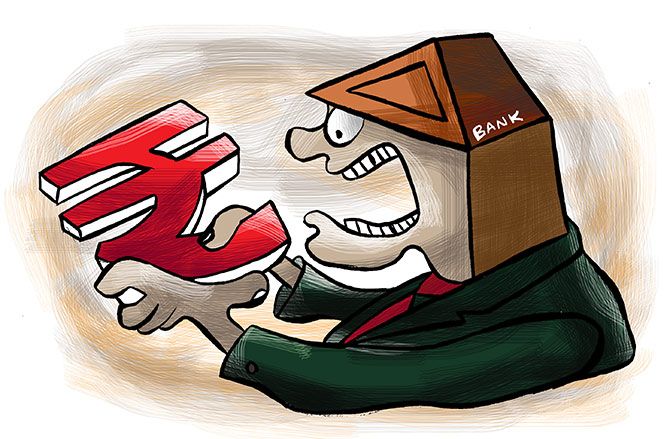Credit-to-deposit (CD) ratio of major public sector and private sector banks during the October-December quarter of FY24 inched up as compared to the previous quarter though government-owned lenders reported a lower rate than their private peers.

CD ratio is the ratio of the funds that banks lend as compared to the funds raised in the form of deposits.
The CD ratio of top public sector banks (PSBs) — State Bank of India, Punjab National Bank, Bank of Baroda and Canara Bank — was lower than their private counterparts.
These include HDFC Bank, ICICI Bank, IndusInd Bank and Axis Bank.
Among the top four private banks, only Axis Bank reported a sequential decline in ratio.
The Reserve Bank of India (RBI) was not comfortable with high CD ratio as that would mean banks’ loan growth was not commensurate with deposit mobilisation.
The regulator has not explicitly prescribed a particular ratio for banks.
CD ratio of PSBs is lower due to their ability to garner more deposits and a relatively slower growth in lending, experts said.
The loan growth of the public sector banks in the quarter ended December 31, 2023 was slower than private sector banks.
According to estimates by Emkay Global Research, the loan growth of private sector banks in Q3 FY24 was 18.2 per cent year-on-year (Y-o-Y) compared to 16.1 per cent growth in Q2 FY24.
Whereas, PSBs saw 14.6 per cent growth in their loan book in Q3 FY24 against a growth of 14 per cent in Q2.
The deposit growth of private sector lenders was 17.5 per cent Y-o-Y in the quarter under review versus 18.6 per cent in Q2 FY24.
The deposit growth of PSBs was 10.9 per cent from the year-ago period in October-December of FY24 as opposed to 11 per cent in Q2 FY24.
Deepak Jasani, head of retail research, HDFC Securities, said, “CD ratio of PSU banks has traditionally been lower than private banks.
"This is due to the ease with which public sector banks are able to garner deposits and lower dynamism in tapping different sources of lending.
"PSBs have been slow in building up their personal/unsecured loan portfolio as well as the mortgage business, except a few.”
“The quantum of loan growth for private sector lenders has been faster as compared to deposits.
"This resulted in some banks resorting to alternative funds to finance their loan growth. This may lead to the banks aggressively chasing deposits,” said Saurabh Bhalerao, associate director, CareEdge Ratings.
In a recent report, CareEdge Ratings noted that CD ratio of the banking industry continued to be at a three-year high since September 2023.
The CD ratio, in the fortnight ending January 26, 2024, was at 80 per cent.
“This growth is mainly driven by the HDFC merger.
"If we exclude the merger impact, CD ratio for the current fortnight stood at 77.7 per cent compared to 75.3 per cent on January 27, 2023,” the report added.
The elevated CD ratios in the industry are also exerting pressure on net interest margins (NIMs) due to the liquidity and credit risks for the lenders.
Going forward, analysts expect the CD ratios to start moderating in the second quarter of FY25 as the demand for credit starts to reduce.
“CD ratio can sustainably come down when the credit demand slows down (economy slows down), capital markets turn sideways or deposit rates rise.
"We may see CD ratio falling in Q2FY25,” Jasani added.










